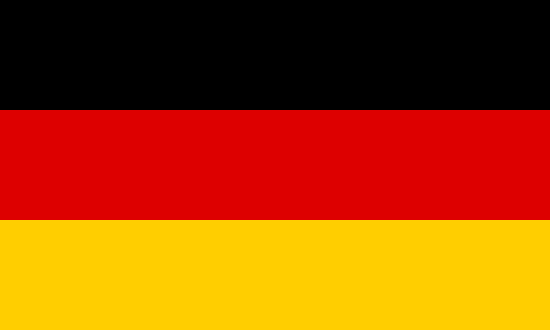"Stuttgart - Das neue Herz Europas | Stuttgart - The new heart of Europe"
About:
Stuttgart, Germany, was founded in the 10th century as Stud Garden. It grew in the Middle Ages under the Counts of Württemberg, becoming their capital in 1495. Industrialization in the 19th century brought rapid growth. Heavily damaged in World War II, Stuttgart was rebuilt and became a major manufacturing hub. Today, it's known for its high-tech industry, including headquarters of Mercedes-Benz and Porsche. It also boasts a rich cultural scene, with notable institutions like the State Gallery and State Theater.
When to visit:
Stuttgart, a city in southwest Germany, experiences a temperate oceanic climate characterized by mild winters and warm summers. The best time to visit Stuttgart for a holiday is during the spring and early autumn months when the weather is pleasant and ideal for outdoor activities. Spring, from April to June, offers blooming gardens and comfortable temperatures, while autumn, from September to October, showcases vibrant foliage and cultural events. Summer can also be a popular time to visit, with longer daylight hours and various festivals taking place throughout the city.
When to avoid:
The worst time to travel to Stuttgart, Germany, is during the winter holiday season, typically from mid-December to early January. This period sees cold temperatures, limited daylight hours, and the possibility of snow, which can disrupt travel plans and sightseeing activities. Additionally, the city may be crowded with tourists visiting Christmas markets and seasonal events, leading to longer wait times and higher prices for accommodations and attractions. Travelers looking to avoid these challenges may consider visiting Stuttgart during the shoulder seasons of spring or fall for milder weather and fewer crowds.
Winter (Dec-Feb)
Winter in Stuttgart, particularly January, is the coldest part of the year with average temperatures around 0°C. Snowfall is common, making the city a winter wonderland. Rainfall is moderate but the city experiences less sunlight, with only about 1-2 hours per day. Cloud cover is heavy, often leading to overcast skies. An average day for a visitor might start with a brisk walk in the snow, followed by indoor activities like museum visits or enjoying local cuisine in cozy, warm restaurants.
Summer (June-August)
The warmest part of the year in Stuttgart, Germany, typically occurs from June to August, with July being the hottest month. During this period, the average high temperature ranges from 20°C (68°F) to 25°C (77°F), and the average low temperature ranges from 12°C (54°F) to 15°C (59°F).
Rainfall is relatively high in summer, with June being the wettest month. The average monthly rainfall ranges from 60mm to 100mm. Despite the rain, summer days in Stuttgart are generally sunny, with an average of 7 to 8 hours of sunshine per day.
Humidity levels are moderate during summer, ranging from 60% to 70%. As for cloudiness, the sky is partially cloudy, with clear or mostly clear conditions for about half of the time.
A typical summer day in Stuttgart for a visitor would start off relatively cool in the morning, gradually warming up towards the afternoon. The weather is generally pleasant, making it ideal for outdoor activities. However, it's a good idea to carry an umbrella or raincoat due to the likelihood of rain showers. Despite the occasional rain, there's plenty of sunshine to enjoy the city's parks, vineyards, and outdoor events. The evenings are cooler, perfect for a leisurely stroll or outdoor dining.
Language:
In Stuttgart, the primary language spoken is German, as it is the official language of Germany. However, due to its diverse population and status as an international business and industrial hub, other languages such as English, Turkish, Italian, and Greek are also commonly spoken.




